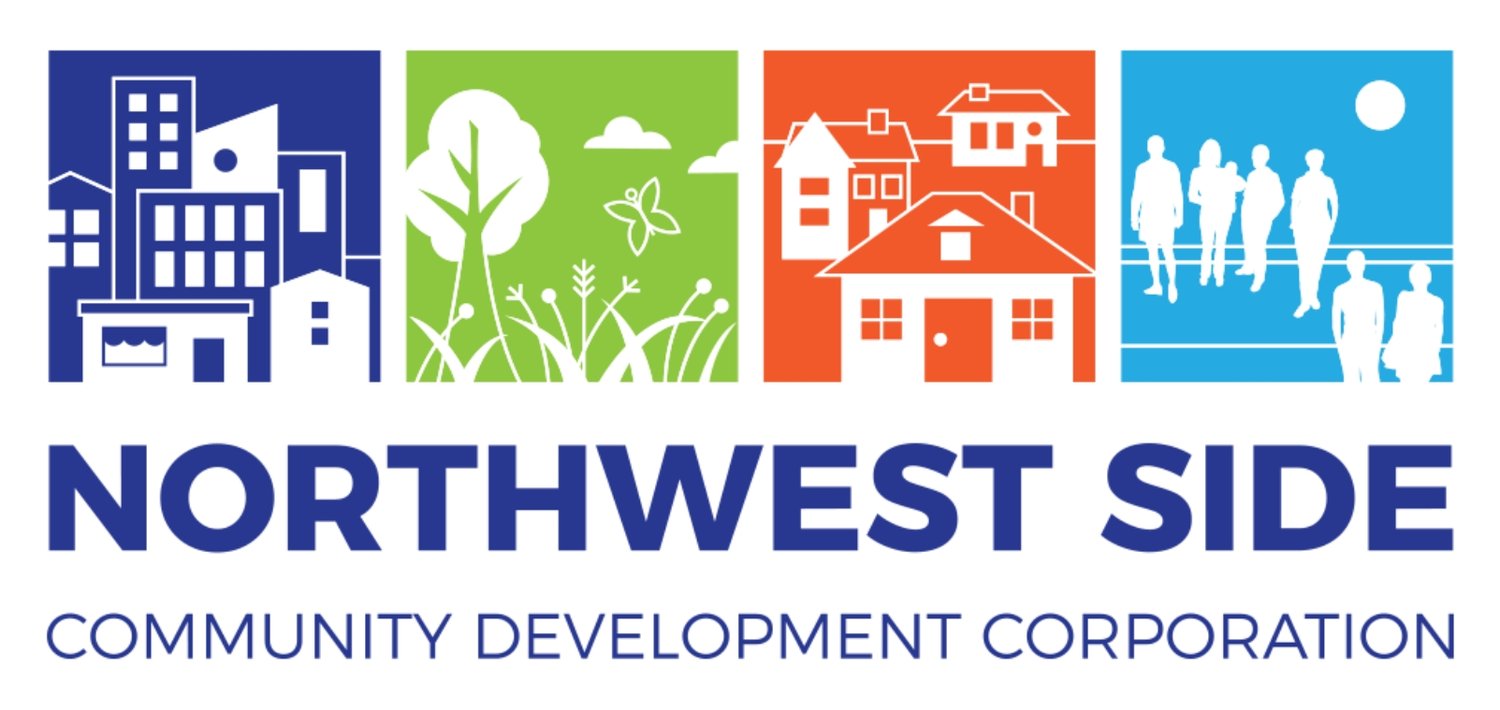Our History.
The Northwest Side Community Development Corporation (NWSCDC) has served the economic development needs of Milwaukee’s low-income communities since 1983. The NWSCDC has assisted with neighborhood strategic planning to improve safety, land use planning and development on the Northwest Side to spur retail growth, and numerous business and workforce development programs.
Produced by Johnson Media Company
A Lasting Impact.
Throughout our history, the NWSCDC has innovated and adapted to changes in the community and economic development landscape. The innovation, along with the continuity of management and a strong board of directors, has allowed the NWSCDC to thrive in the face of adversity. In the late 1990s, the NWSCDC board and management developed and began to implement a new business model for community economic development. The new model emphasizes leveraging partnerships and collaborating in business creation and real estate transactions. With this new model, the NWSCDC has pioneered efforts to partner with large businesses such as DRS Power and Controls Technologies and Jonco Industries.



As a result of the new collaborative strategy, the NWSCDC has lent over $18.7 million to several major catalytic projects on the Northwest Side since 2000.
These projects, which have created over 1,200 jobs, include:
Helping to finance the second phase development at Midtown Center.
Assisting with financing of two Lena’s and one Kohl’s grocery store.
Creating the Milwaukee Technology Incubator Center within DRS Power Controls and Technologies.
Financing the start-up of Nature Tech, a green technology employer focused on sustainable products.
Helping to finance the expansion of Diamond Precision into Milwaukee.
Creating a third, smaller retail development plan with Lena’s at Midtown Center.
Assisting with financing the purchase of Century City Tower, the former Eaton Corporation headquarters.
Villard Square, an $11 Million, mixed-use development that combines a Milwaukee Public Library branch with 47 units of mixed-income housing for “grand families” – family units where grandparents are serving as the primary caregivers for their grandchildren.
+ MORE







